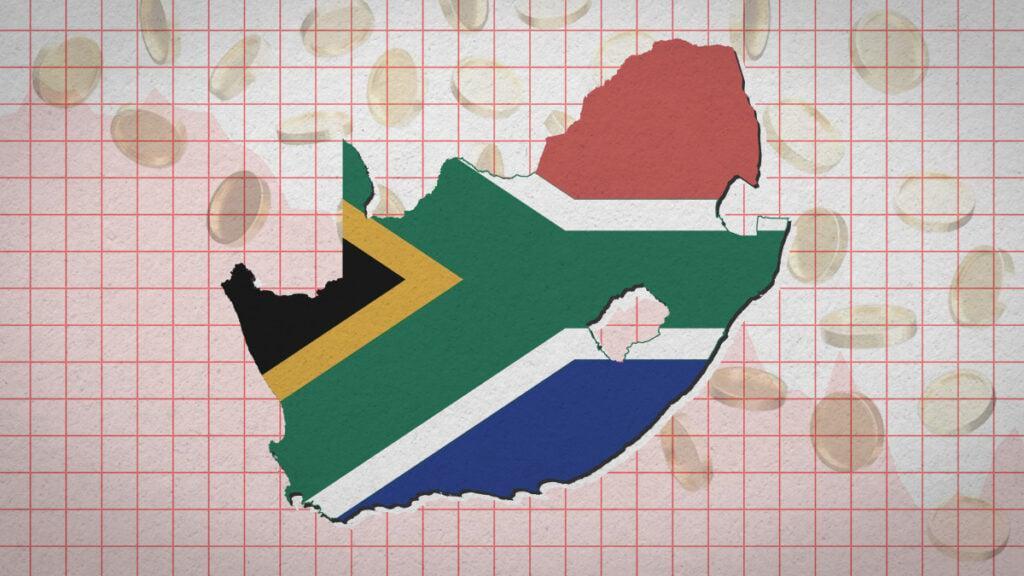Bianke Neethling
Africa-Press – South-Africa. While South Africa’s economic growth surprised to the upside in the first quarter of this year, without decisive policy intervention, the country risks stalling or slipping back into contraction.
PPS Investments’ head of portfolio management and analytics, Mark Phillips, said South Africa’s latest GDP data underscores the need for infrastructure reform, power-sector stabilisation, and logistics efficiency.
Statistics South Africa released the country’s GDP growth numbers for the first quarter of 2025 on Tuesday, 3 June.
This revealed that the country’s economy expanded by a marginal 0.1% in Q1 2025, outpacing consensus expectations of flat growth.
Year-on-year growth stood at 0.8%, versus forecasts of 0.7%. Agriculture, transport and finance were the primary growth engines, with agriculture surging 15.8%, and transport, storage and communication growing by 2.4%.
The finance sector rose 0.2%. However, manufacturing and mining weighed on overall performance, as both contracted during the first quarter.
On the expenditure side, household consumption, inventories and exports supported a 0.1% expansion, while gross fixed capital formation fell by 1.7%, reflecting weaker residential and machinery investment.
Phillips said South Africa’s persistent structural constraints, including logistics bottlenecks and high unemployment, underscore the fragility of this expansion.
“With global headwinds such as slowing trade growth and potential US tariffs, OECD projections for G20 growth have been downgraded,” he said.
“Domestically, the recent passage of a contested budget has provided short-term relief for investor confidence, but underlying policy and infrastructural challenges must be addressed to sustain growth.”
In its May 2025 interim outlook, the OECD revised downward its 2025 GDP forecasts for G20 economies, including South Africa, citing intensifying trade tensions and slowing global demand.
In its June 2025 Economic Outlook, the OECD projected South Africa’s GDP to increase by 1.3% in 2025 and 1.4% in 2026.
The organisation warned that high uncertainty and declining confidence will weigh on domestic demand in South Africa, but said easing monetary policy will provide support.
Need for reform
President Cyril Ramaphosa
The OECD warned that an increase in tariffs on imports into the United States will weigh on exports, but noted that an easing of access to pension savings through the two-pot system will support consumption.
In addition, the organisation predicts that inflation will decline in the near term following the drop in global oil prices, but will strengthen during the second half of 2025 and in 2026 as activity recovers.
It added that fiscal consolidation in 2025 and 2026 will help stabilise public debt. “Reinforcing spending rules and broadening the narrow tax base would further support debt sustainability,” it said.
“Continued progress in reforms to improve the efficiency and governance of state-owned enterprises, to increase the supply of electricity, and to ease logistics bottlenecks and regulation will support investment and stronger potential growth.”
Phillips said South Africa’s performance is set against slower growth in major trading partners.
Additionally, he anticipates that lower commodity prices and reduced foreign direct investment will constrain regional demand for South African exports.
“With only four of ten production industries expanding and muted fixed investment, any further shock, such as renewed load‐shedding or global demand slump, could tip growth negative,” he warned.
He said the marginal expansion of South Africa’s economy in the first quarter underscores the economy’s vulnerability to domestic structural weaknesses. This includes logistics bottlenecks, energy constraints and low fixed-investment growth.
Therefore, accelerating structural reforms, enhancing public-private collaboration, and fostering a more conducive environment for manufacturing and mining will be essential if South Africa wants to break out of its sub-1% growth path.
“As the IMF and OECD have highlighted, without decisive policy intervention – particularly in infrastructure reform, power-sector stabilisation, and logistics efficiency – the country risks stalling or slipping back into contraction,” he warned.
Source: dailyinvestor
For More News And Analysis About South-Africa Follow Africa-Press






